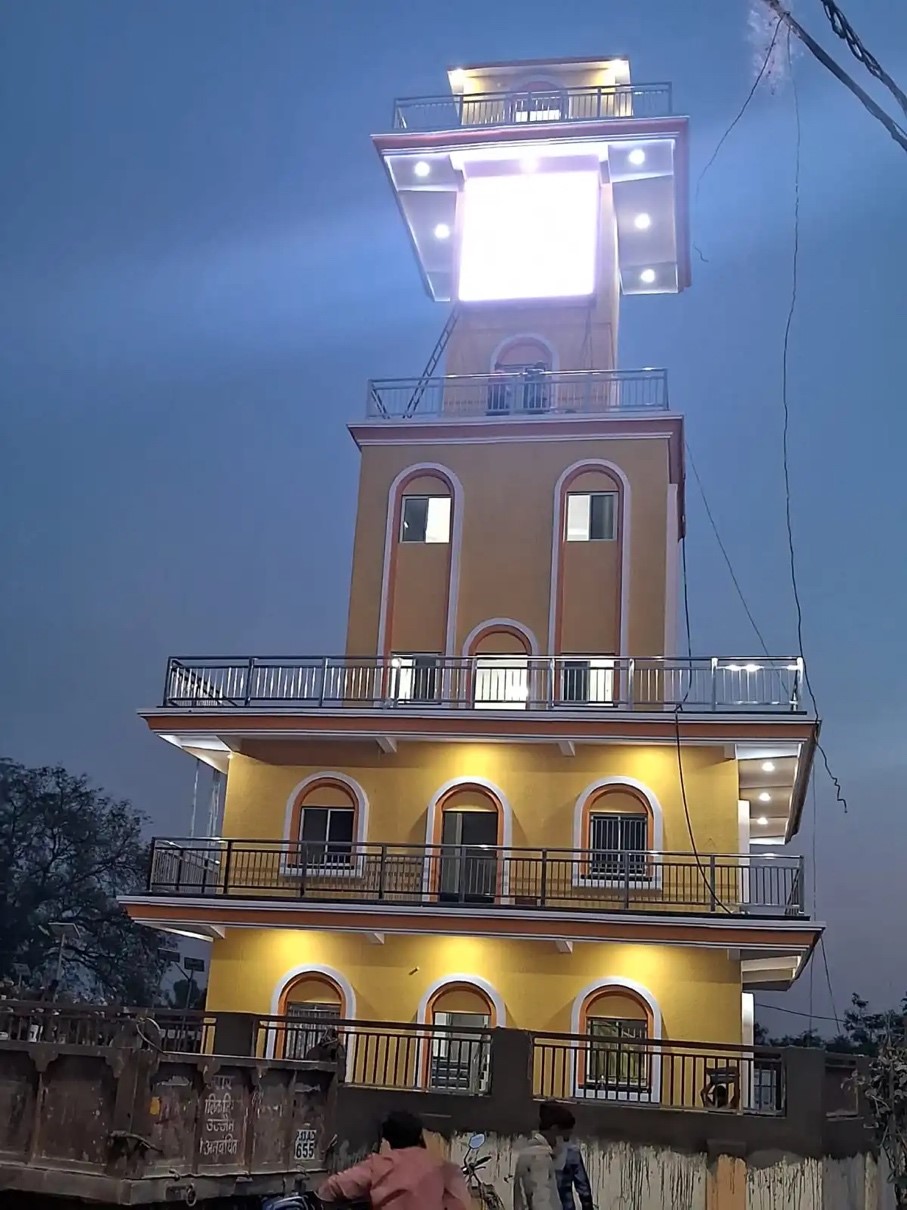Description

Disclaimer: Copyright infringement not intended.
Context
- Prime Minister Narendra Modi virtually inaugurated the Vikramaditya Vedic Clock in Ujjain, Madhya Pradesh.
- The clock is mounted on an 85-foot tower within Jantar Mantar in Ujjain.
Details
Indian 'Panchang' Based Timepiece
- The clock is based on the Indian ‘panchang’ (almanack), offering a unique timekeeping system.
- It provides information on planetary positions, Muhurat, astrological calculations, and more.
- Additionally, it indicates Indian Standard Time (IST) and Greenwich Mean Time (GMT).
Historical Significance of Ujjain
- Ujjain is historically significant for time calculation, with the standard time of the world determined from Ujjain 300 years ago.
- The city is considered a center for time calculation, and the Tropic of Cancer passes through it.
Features of the Vedic Clock
- The clock not only indicates time but also provides details such as moon position, Parva, Shubhshubh Muhurat, Ghati, Nakshatra, and more.
- It aims to restore the tradition of Indian time calculation based on astronomical theories.

Operational Details
- The Vedic clock operates by calculating time from one sunrise to another, dividing the period into 30 parts, where each hour consists of 48 minutes according to ISD.
- It starts at 0:00 with the sunrise and functions for 30 hours.
Greenwich Mean Time (GMT)
- Greenwich Mean Time is the mean solar time at the Royal Observatory in Greenwich, London. It serves as the benchmark for timekeeping
Origin:
- GMT was established in the 19th century when the Royal Observatory was designated as the prime meridian (0° longitude), dividing the Earth into Eastern and Western Hemispheres.
Time Zone:
- GMT is often used synonymously with Coordinated Universal Time (UTC), although there are slight differences between the two.
- GMT is primarily observed in the United Kingdom during the winter months, while British Summer Time (BST) is used during the summer.
Role in Timekeeping:
- GMT serves as the reference point for coordinating time across different time zones worldwide.
- It's commonly used in aviation, maritime navigation, and international telecommunications to establish a universal standard for timekeeping.
Conversion:
- GMT is converted to local time in various regions by adding or subtracting the appropriate number of hours, based on their time zone relative to Greenwich.
- For example, Eastern Standard Time (EST) is GMT-5, meaning it's five hours behind GMT.
Importance:
- GMT is of historical significance as the standard timekeeping reference established by the International Meridian Conference in 1884.
- It's crucial for global communication, ensuring consistency in schedules, appointments, and international transactions.

Modern Usage:
- While GMT remains relevant, it has been largely replaced by Coordinated Universal Time (UTC), which is more accurately regulated by atomic clocks.
- However, GMT still holds significance in various fields, especially in historical contexts and traditional timekeeping practices.
Conclusion
With its unique features and historical significance, the clock stands as a symbol of India's rich cultural heritage and scientific advancements.
|
PRACTICE QUESTION
Q. The inauguration of the Vikramaditya Vedic Clock marks a significant step towards reviving India's traditional timekeeping methods. Discuss. (150 words)
|
















